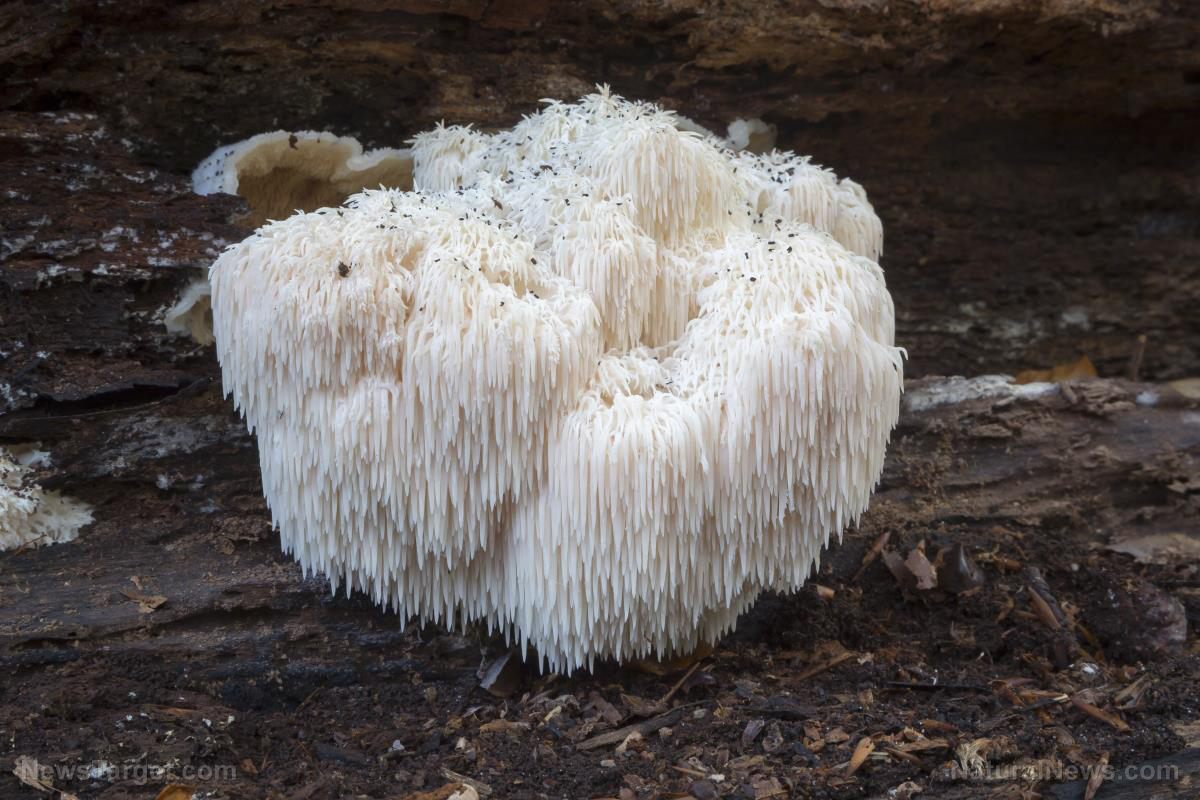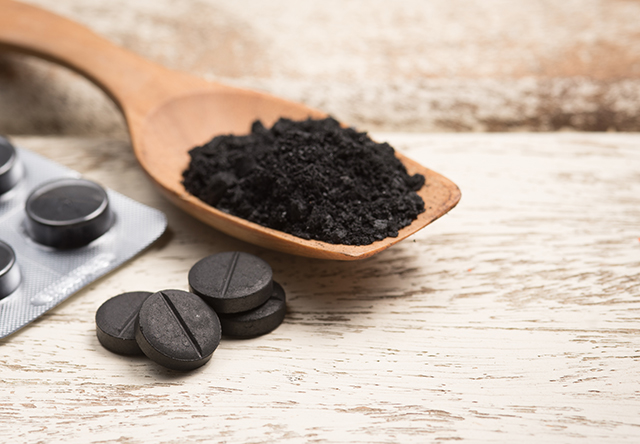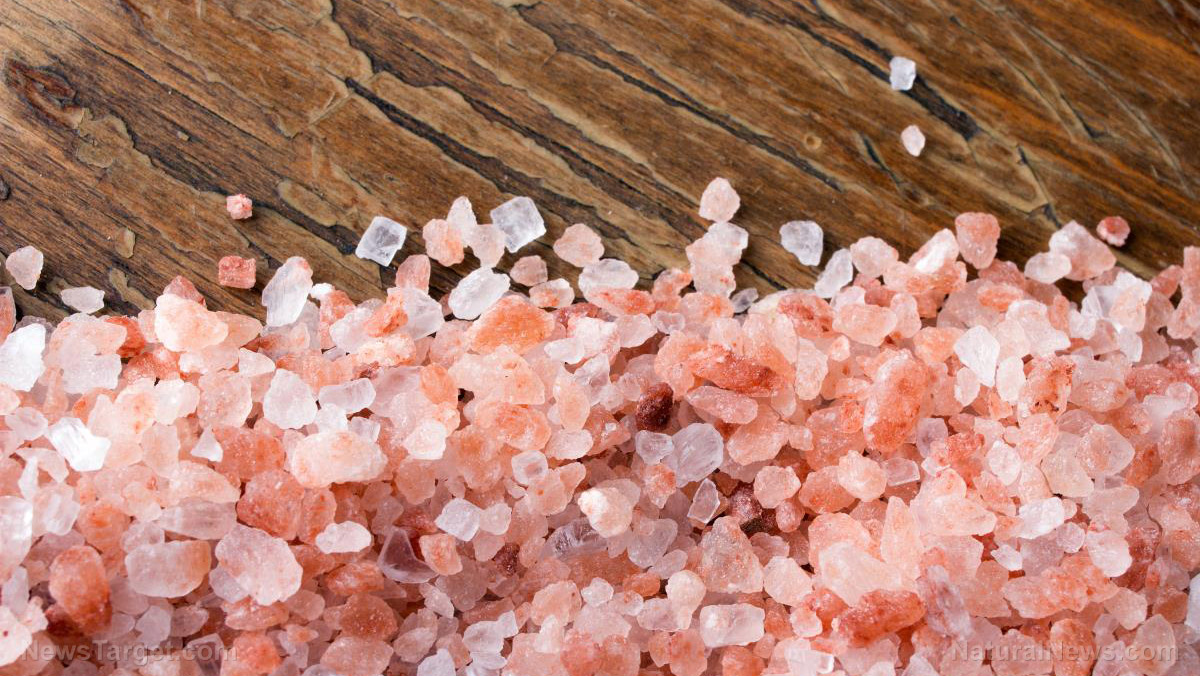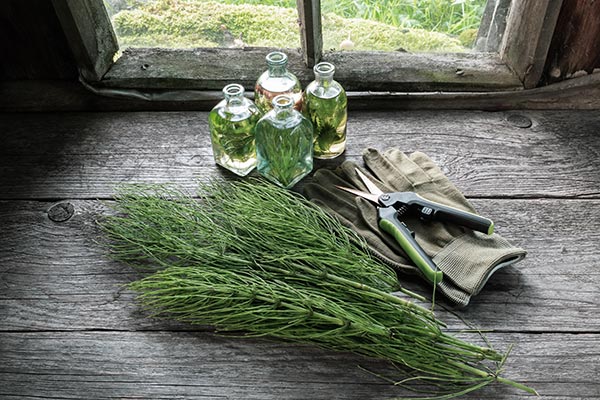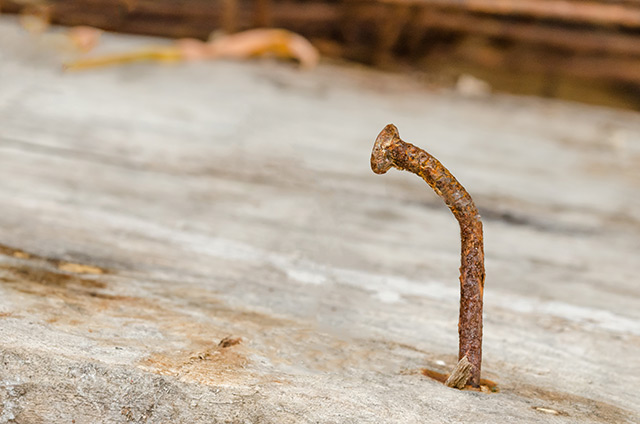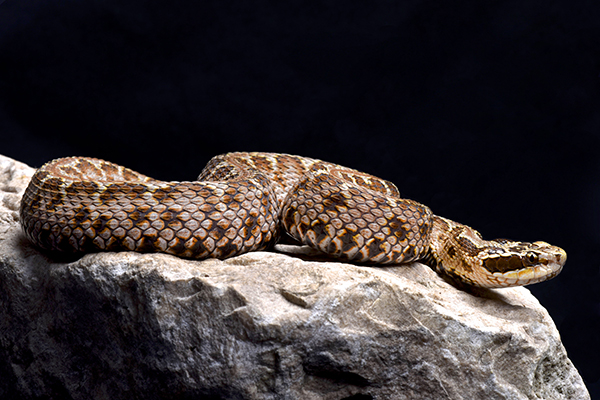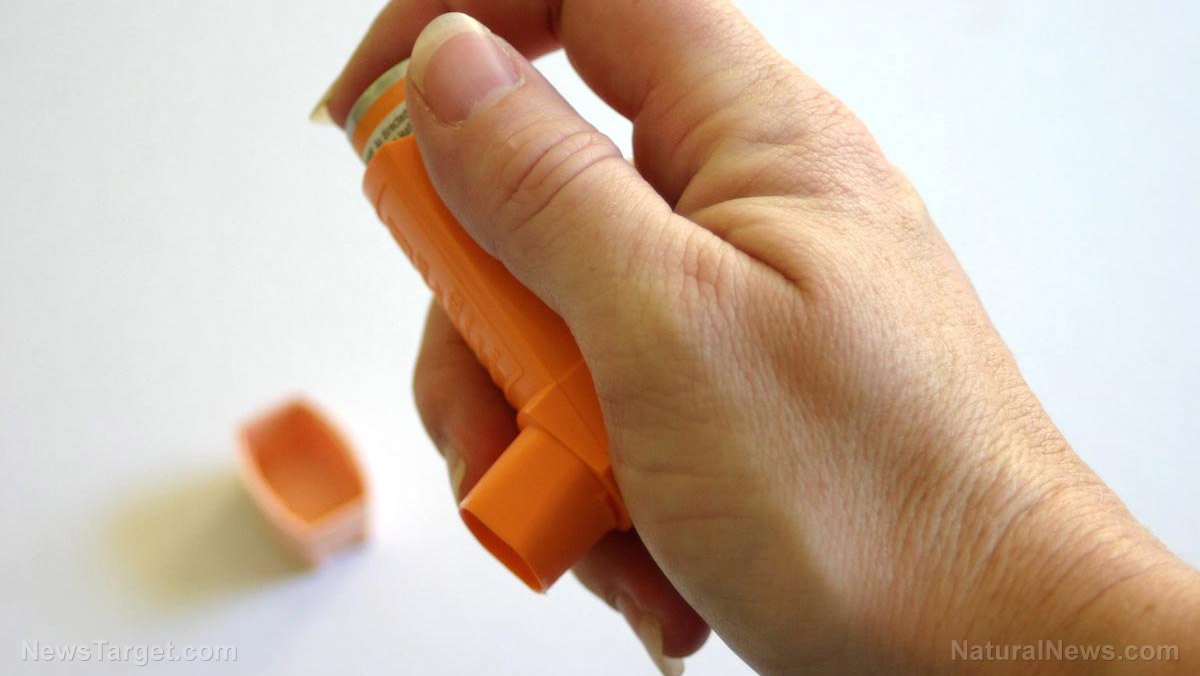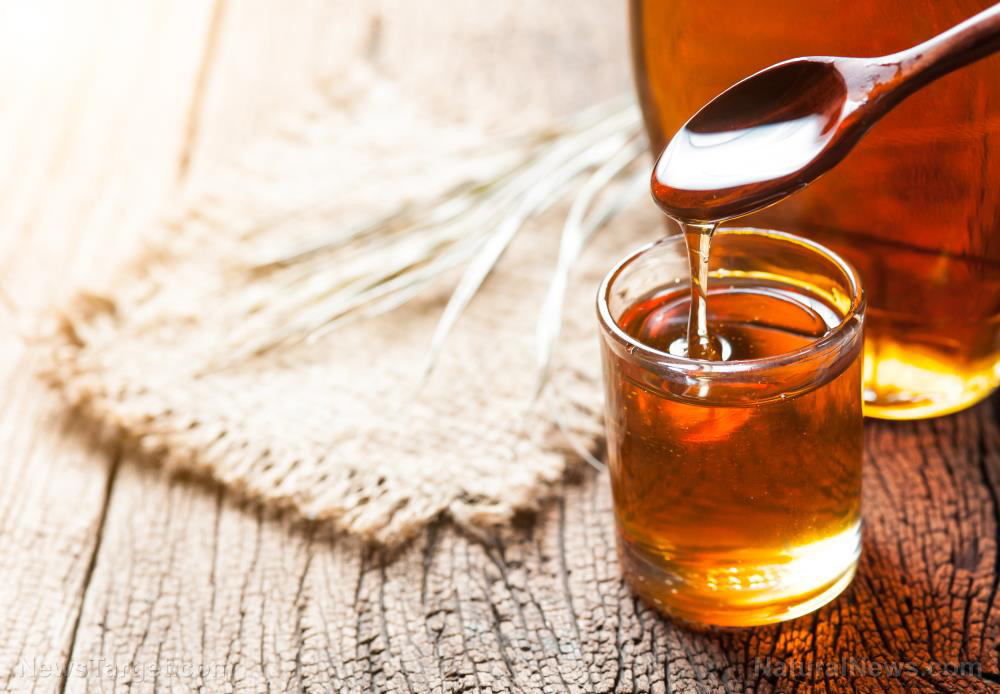Slathering your wound with petroleum jelly may not be a good idea, concludes new research
09/02/2018 / By Zoey Sky
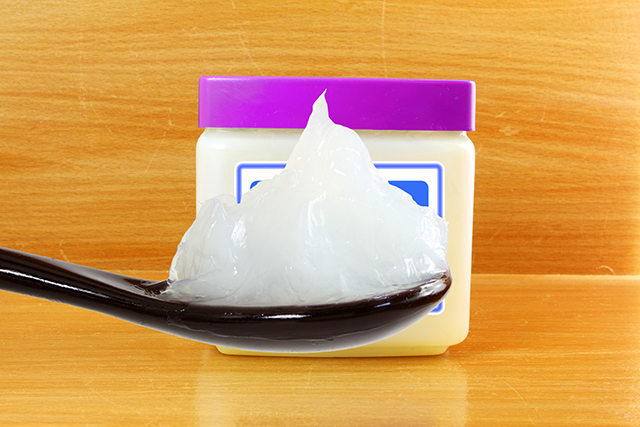
According to a study, which was an international collaboration between the University of Leeds and the British Heart Foundation (BHF), the last thing you should do when you’re injured is cover the wound with petroleum jelly.
The study findings, which were published in the Journal of Clinical Investigation, have revealed that the human body can create a natural plaster that helps keep out “bacteria and other micro-organisms from penetrating open wounds.”
Petroleum jelly interrupts natural clotting process
In the study, the researchers discovered that a protein film, which quickly forms over a wound as part of the natural clotting process, protects a wound for about 12 hours. They posited that oil-based substances may interrupt this process.
In fact, using petroleum jelly on breaks in the skin may do more harm than good. Participants in contact sports, who often use the product on wounds after minor surgery, may even be increasing their risk of developing an infection.
Clotting is a crucial process that helps prevent fatal blood loss after an injury. When blood clots in at the site of the wound, platelets and red blood cells form together to plug any hemorrhage.
With powerful imaging techniques, the researchers observed fibrin fibers acting as nature’s shape-shifters as they reorganized their structure “from a fibrous network into a sheet-like film at the point the clot comes into contact with air, at the site of the open wound.” They reported that under an electron microscope, clots were seen meshed together via the spaghetti-like fibers of fibrin, a protein.
Before the study, scientists were perplexed about the specific components of the fibrin fibers since they seemed to be unending. The fibers coiled were also seen coiled around the platelets and red blood cells.
The data from the study showed that the fibrin fibers turned into a protective film with “breathability” properties, letting air reach the wound via minuscule pores that were too small for bacteria and some viruses to pass through. (Related: Petroleum-based skin care: The #1 pore-clogging toxin sold in the USA.)
Professor Robert Ariëns, who led the research, explained that their hypothesis concerned the film acting as a plaster and a protective barrier that tried to prevent microbes from entering the body via the broken skin. Ariëns, who is from the Leeds Institute of Cardiovascular and Metabolic Medicine, added that based on data from studies on animal and human tissues, the bio-film could act as a barrier against microbial infection for at least 12 hours. This gives the immune system enough time to send white blood cells to the wound to prevent infections. Clots then prevent blood loss and act as a front-line defense against infection.
The study authors noted that their discovery can revolutionize the current understanding of the mechanism of blood clotting. The findings showed that scientists working with electron microscopes previously saw a thin film on top of clots, which they thought formed because of how the sample was prepared for examination.
Professor Jeremy Pearson, Associate Medical Director at the BHF, shared that by studying how blood clots form, the research team has uncovered a previously unknown protection mechanism used by the human body to fight infection following an injury. Pearson concluded, “This discovery perfectly portrays the complex, and sometimes contradictory nature of our bodies, in that the very substance which can make blood clots inside our body so dangerous can also protect us from harm when we wound ourselves.”
Natural remedies for faster wound healing
Instead of using petroleum jelly on open wounds, try these natural remedies to accelerate healing:
- Aloe Vera – Aloe vera gel is often used to heal scrapes and burn wounds. The soothing gel can also provide relief if you have a cut or burn.
- Calendula/Marigold – Calendula is a brightly colored plant that can treat eczema or wounds that take too long to heal. Calendula oil from marigold flowers can be applied directly to a wound to relieve pain and minimize inflammation.
- Turmeric – Turmeric is a natural antiseptic and antibiotic agent. It contains curcumin, an active compound that can modulate collagen. Apply turmeric to a wound if you want to stop the bleeding.
You can read more articles about natural remedies for cuts and scrapes at Healing.news.
Sources include:
Submit a correction >>
Tagged Under:
bacteria, Blood clots, blood clotting, fibrin, first aid, infection, injuries, Microbes, microbial infection, open wounds, petroleum jelly, research
This article may contain statements that reflect the opinion of the author
RECENT NEWS & ARTICLES
EmergencyMedicine.News is a fact-based public education website published by Emergency Medicine News Features, LLC.
All content copyright © 2018 by Emergency Medicine News Features, LLC.
Contact Us with Tips or Corrections
All trademarks, registered trademarks and servicemarks mentioned on this site are the property of their respective owners.




